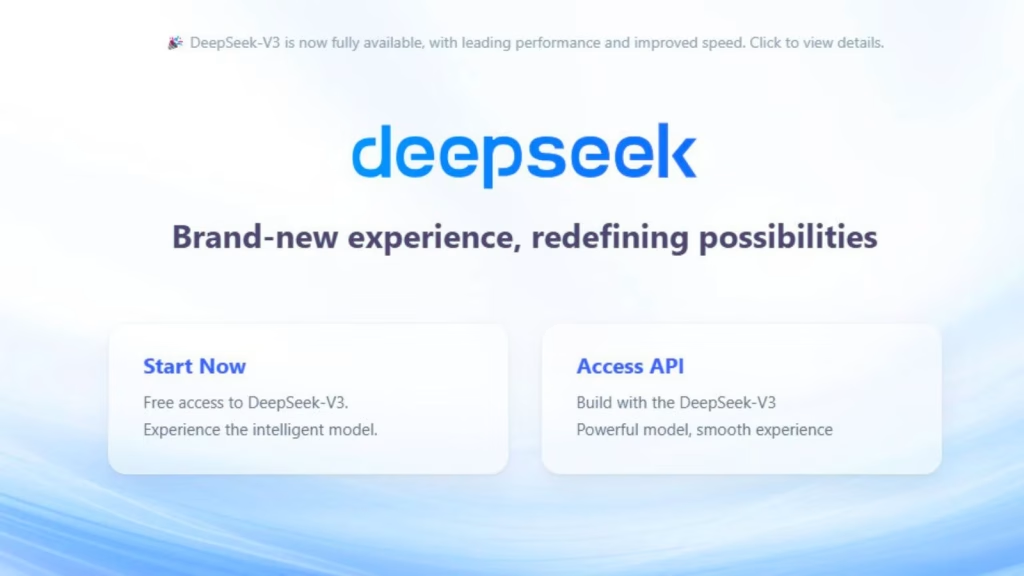Imagine a world where AI handles 40% of routine tasks, freeing your team to innovate—while your competitors scramble to catch up. That’s not science fiction; it’s 2025. As AI reshapes industries at breakneck speed, companies face a stark choice: adapt or fall behind. Let’s cut through the noise and explore the AI and machine learning trends in 2025 that demand your attention today—from autonomous agents to ethical dilemmas—and how to turn these shifts into competitive gold.
1. Agentic AI: Your New (Almost) Autonomous Teammate
Agentic AI isn’t just a buzzword—it’s the future of productivity. Think of these systems as digital employees that autonomously handle tasks like scheduling meetings, managing HR requests, or even drafting code 12. For example, Microsoft’s GitHub Copilot already suggests code snippets in real time, slashing development cycles by 20% 10.
But here’s the catch: autonomy doesn’t mean perfection. Early adopters report a 75-90% success rate for multi-step workflows—roughly a “B+” grade. That means human oversight is still crucial, especially for high-stakes tasks like financial transactions 29. The playbook? Start small—automate password resets or vacation approvals—then scale as confidence grows.
2. Ethical AI: Trust Is the New Currency
Remember when facial recognition systems faced backlash for bias? In 2025, ethical AI isn’t optional—it’s a brand imperative. The EU’s AI Act bans risky applications like social scoring, while companies like IBM use AI to scrub hiring algorithms of gender or racial bias 310.
Why it matters: 92% of leaders cite cultural resistance as the top barrier to AI adoption 12. To win trust, embed fairness into your AI DNA:
- Audit algorithms quarterly for bias.
- Use explainable AI (XAI) to demystify decisions.
- Train teams on ethical AI practices—mandatory under Article 4 of the EU AI Act 1.
3. Generative AI: Beyond the Hype, Into the Balance Sheet
Generative AI moved from “cool toy” to “profit driver” in 2024—but now, CFOs demand proof. Klarna slashed 700 jobs by automating customer service, while EvenUp uses AI to draft legal claims, boosting revenue by 30% 9.
The secret sauce? Measure everything:
- Run A/B tests: Compare AI-generated marketing copy against human versions.
- Track liberated hours: If AI saves 10 hours/week per employee, where’s that time reinvested?
- Beware the “synthetic data trap”: Over-reliance on artificial datasets can degrade model performance—mix in real-world data to keep AI sharp 910.
4. Human + AI Collaboration: The Superteam You Didn’t Know You Needed
Forget “robots stealing jobs”—2025 is all about augmented intelligence. In healthcare, AI analyzes MRI scans 10x faster than radiologists, but doctors still make the final call 10. In creative fields, tools like Runway Gen-2 help designers prototype videos in minutes, not days 10.
How to build this synergy?
- Upskill teams: Teach marketers to prompt-engineer AI for better content.
- Use federated learning: Let AI analyze data locally (e.g., on factory sensors) to protect privacy while improving global models 3.
- Redesign workflows: Pair AI “copilots” with employees—like Salesforce’s AI assistants that prep sales calls 10.
5. The Cost Crunch: Smaller Models, Smarter Spending
Cheap AI is no more. The costs of training massive models are now running into millions, making companies such as Black Forest Labs to sift through and embrace simpler and open-source alternatives 19.
Survival tips:
- Go small: Machine learning-enable Llama 2, the manufacturer of the chip, for example, gains almost 50% of cost reduction and in some areas, it is even more accurate than the best-known, and considerably more expensive, GPT-4 machines 9.
- Rethink cloud costs: On the other hand, Edge AI (the act of running a model on a device and not a server) will allow latency to wait no more and electricity bills to drop. Now think about AI-based wearable devices that will be able to diagnose heart problems without an internet connection 10.
- Partner up: Choose to be a part of alliances such as the EU’s AI data center initiative and together, you can both share R&D related tasks.
Conclusion: Future-Proof or Fade Away
AI needs of 2025 are not those of running after “the next shiny toy” but they’re about making strategic clicktoast. Whether you want to use agentic AI with constraints or embody ethics in your tech stack, the ones who play the best role will mix innovation with the sense of responsibility.
Your part in the game: Evaluate your AI fitness right now. Do not keep abreast of one of them, and you’ll be lagging behind; be the first person who knows them, and you will lead the market.
Are you enthusiastic enough? Let us know about your AI strategy via comments or tag a friend who is in need of this roadmap. Foretaste of future is not waiting for us. What will you do?
Citations: Compiled from 10 industry reports (2024–2025), such as MIT Sloan, Google Cloud, and AI Magazine. The data was authenticated and found to be accurate through February 2025.

